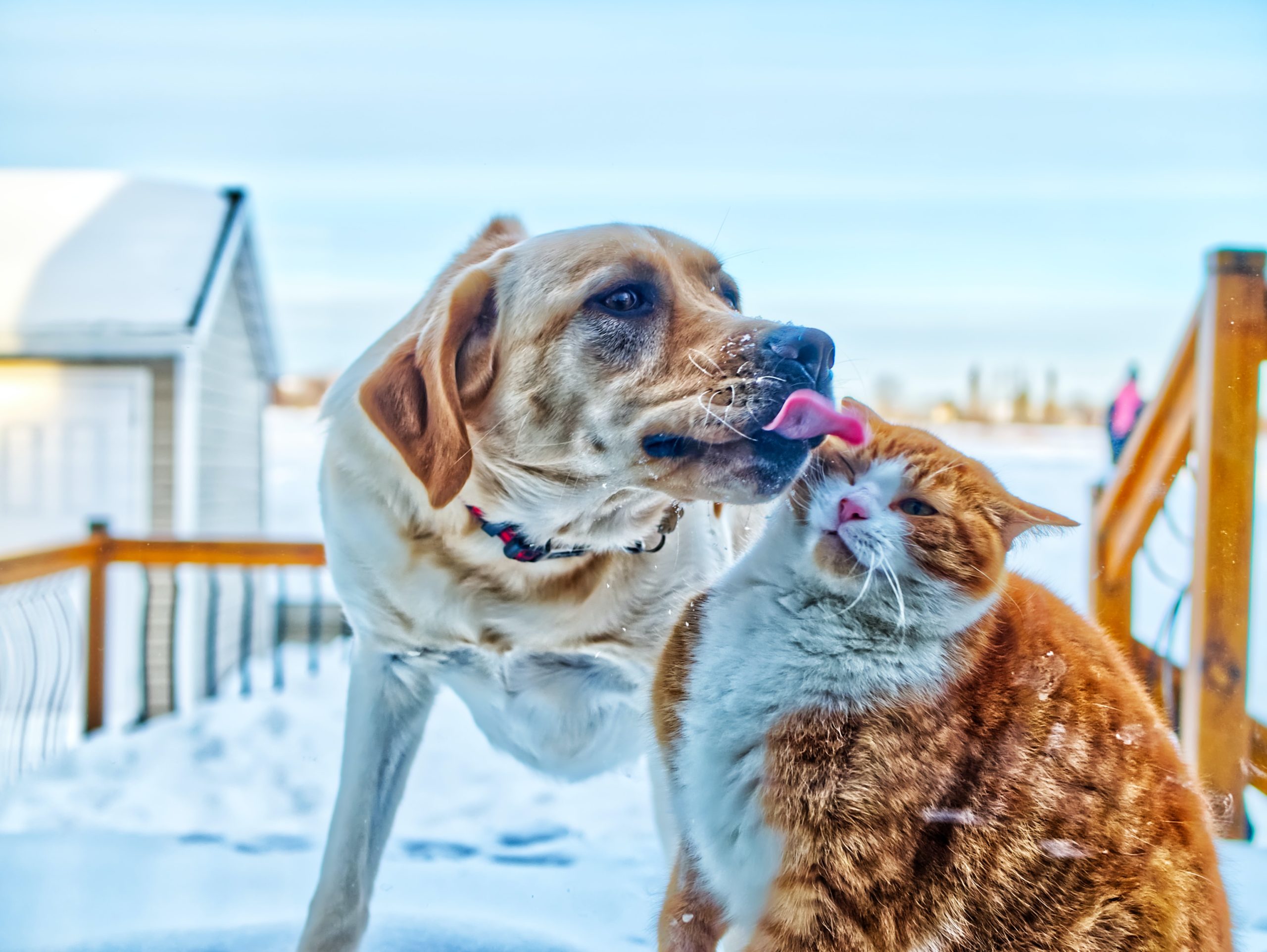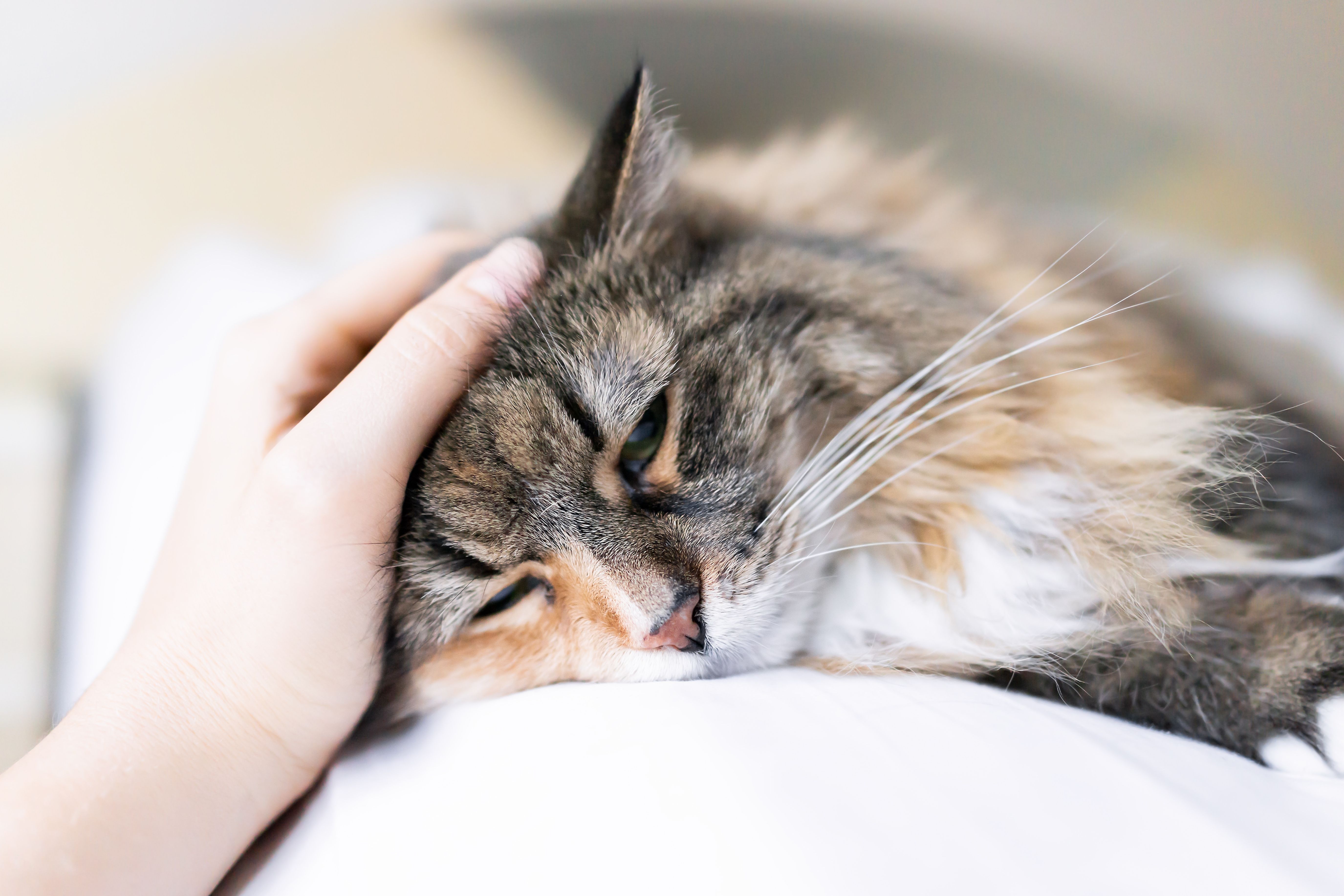alimentary lymphoma in cats and dogs
There are a few papers reporting association of feline immunodeficiency virus FIV infection and feline lymphomas. Evaluation of serum.

Causes And Risks Of Cat Lymphoma And Leukemia Vlog 97 Youtube
Low-grade alimentary T-cell lymphoma is the most common form of AL in cats and it was believed it was extremely rare in dogs.

. There are three subtypes based on mitotic rate and cell type determined by examination of biopsy samples. Dogs and cats with cobalamin deficiency suggested by a severely decreased serum cobalamin concentration should be supplemented with cobalamin either parenterally or orally. A locked padlock or https means youve safely connected to the gov website.
View on publisher site Alert me about new mentions. Chemotherapy including steroids and nutritional support are essential in the management of alimentary lymphoma. 1 low-grade alimentary lymphoma LGAL 2 intermediate-or.
Lymphoma is one of the most common cancers diagnosed in dogs and cats. Omega-3 fatty acids are helpful in supporting cardiac health. Based on the results of histopathology and immunohistopathology most feline AL can be classified as one of the following three types.
Not only is this the most common anatomical form of lymphoma 50 to 75 it is also the most common alimentary neoplasia in cats 15 819. Anemia is a common problem in all cats with lymphoma but hypercalcemia is rare. Bloodwork abnormalities are usually non-specific.
It is characterized by an infiltration of the gastrointestinal tract andor associated lymph nodes with neoplastic cancerous lymphocytes. The second most common type it makes up less than 10 of cases of lymphoma in dogs. A daily supplement to enhance overall health and wellbeing.
The most commonly reported anaemia is followed by neutrophilia and increased hepatic enzyme activities. Small Animal Practice March 2011 DOI. Alimentary lymphoma in cats and dogs Tuesday March 15 2022 Edit.
Alimentary Lymphoma in Cats and Dogs Published in. Up to 10 cash back Lymphosarcoma aka lymphoma or cancer of the lymph nodes is a dangerous and painful mutation in the lymph nodes spleen blood or bone marrow and can occur in cats and dogs. In dogs the sensitivity of this test is between 75 and 85 with a specificity of 92 to 94.
It can be interpreted that small cell lymphocytic alimentary lymphoma is seen rarely in younger cats and seldom exceeds itself from gastrointestinal tract compared to large-cell lymphoma. In the cat it. Diagnosis is similar to dogs except cats should be tested for FeLV and FIV.
The median or average age of the cats with alimentary lymphomas is around 10 years old and they are mostly FeLV negative. Low-grade alimentary lymphoma LGAL is characterised by the infiltration of neoplastic T-lymphocytes typically in the small intestine. This cancer usually arises in lymph tissues such as lymph nodes spleen liver and bone marrow.
5-7 These values indicate that similar to other diagnostic tests PARR testing results must be interpreted in light of other clinical data. Disease present mostly in the peripheral lymph nodes which can be felt as enlarged lumps in the neck in front of the shoulder blades and behind the knees is much less common in cats than in dogs. Most classification schemes for feline lymphoma reflect the anatomic distribution of the lesions although some pioneers have noted the importance of the appearance of the.
Lymphoma can be present in many parts of the cats body as the lymphatic system is spread throughout many organs. Small cell lymphoma is a slow-growing cancer-causing gut thickening whilst large cell lymphoma creates hard tumours in your cats guts andor stomach. Dogs with alimentary lymphoma present most commonly with gastrointestinal signs such as vomiting diarrhoea hyporexia or anorexia weight loss melaena haematochezia and tenesmus.
This type of lymphoma tends to affect dogs. In alimentary lymphoma the clinical signs are those of vomiting diarrhea weight loss polyuriapolydipsia anorexia lethargy and malabsorption impaired absorption by the intestines of nutrients from food. NHV Turmeric is made for dogs cats and other pets.
Alimentary lymphoma also called gastrointestinal lymphoma. Unlike intermediate- and high-grade alimentary lymphoma IHGAL and large granular lymphocyte lymphoma LGLL which can often be diagnosed by aspiration cytology full-thickness intestinal biopsies are usually required for the diagnosis of low-grade alimentary lymphoma LGAL. Primary gastrointestinal lymphoma in dogs occurs over a wide range of ages and breeds.
Males have a higher predilection compared to females. It is important to differentiate the alimentary form of lymphoma from inflammatory bowel disease because the signs are so similar in cats. They also offer benefits as an overall support against the harm dog lymphoma causes while helping your pets coat joints and kidneys.
Alimentary lymphomas include a gastrointestinal GI form a mesentery lymph node form and a hepatic form. Several subtypes of AL can be defined according to the histological grade low intermediate or high cell size small or large and phenotype T or B of the neoplastic lymphocytes 6 8 14. Veterinary Clinics of North America.
Lymphoma in cats is now most commonly seen in the intestines. A biopsy is necessary to do this. Mediastinal Lymphoma This type of lymphoma grows in your cats chest usually between their lungs.
PDF View 1 excerpt cites background Clinical Ultrasonographic and Histopathological Findings of Gastrointestinal Disorders in Cats. The most common anatomical form of lymphoma in cats is alimentary lymphoma AL. Alimentary Lymphoma Another common form of lymphoma in dogs is alimentary lymphoma.
Managing feline gastrointestinal lymphoma Proceedings July 31 2010. Large cell lymphoma in cats is far more aggressive and has a poorer prognosis. In cats a sensitivity of 60 to 78 has been reported.
Several subtypes of AL can be defined according to the histological grade low intermediate or high cell size small or large and phenotype T or B of the neoplastic lymphocytes 6 8 14. Low grade LG-AL. However it can arise in almost any tissue in the body.
Intestinal lymphomas usually cause poor eating weight loss diarrhea and vomiting. Share sensitive information only on official secure websites.
Best Cbd Oil For Cats With Cancer What Is Cbd Oil And How Does It Hel Innovet Pet

Panel Gastrointestinal Lymphoma
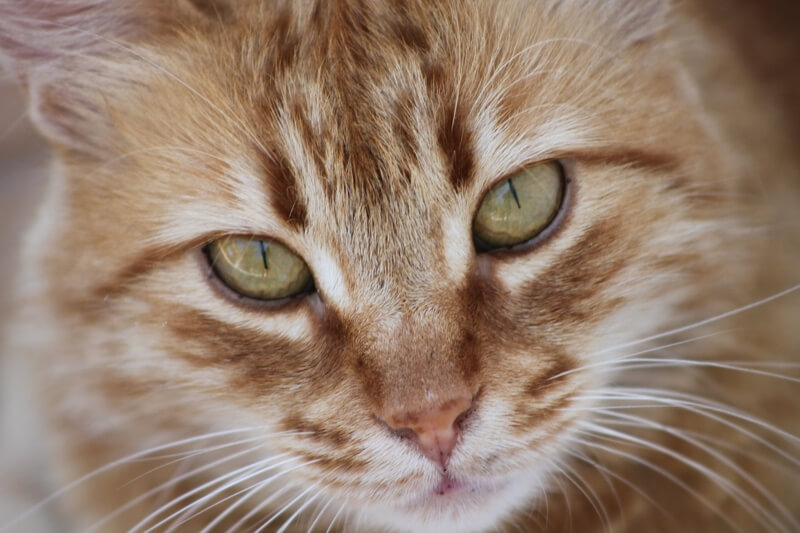
Understanding Lymphoma In Cats

Understanding Lymphoma In Cats
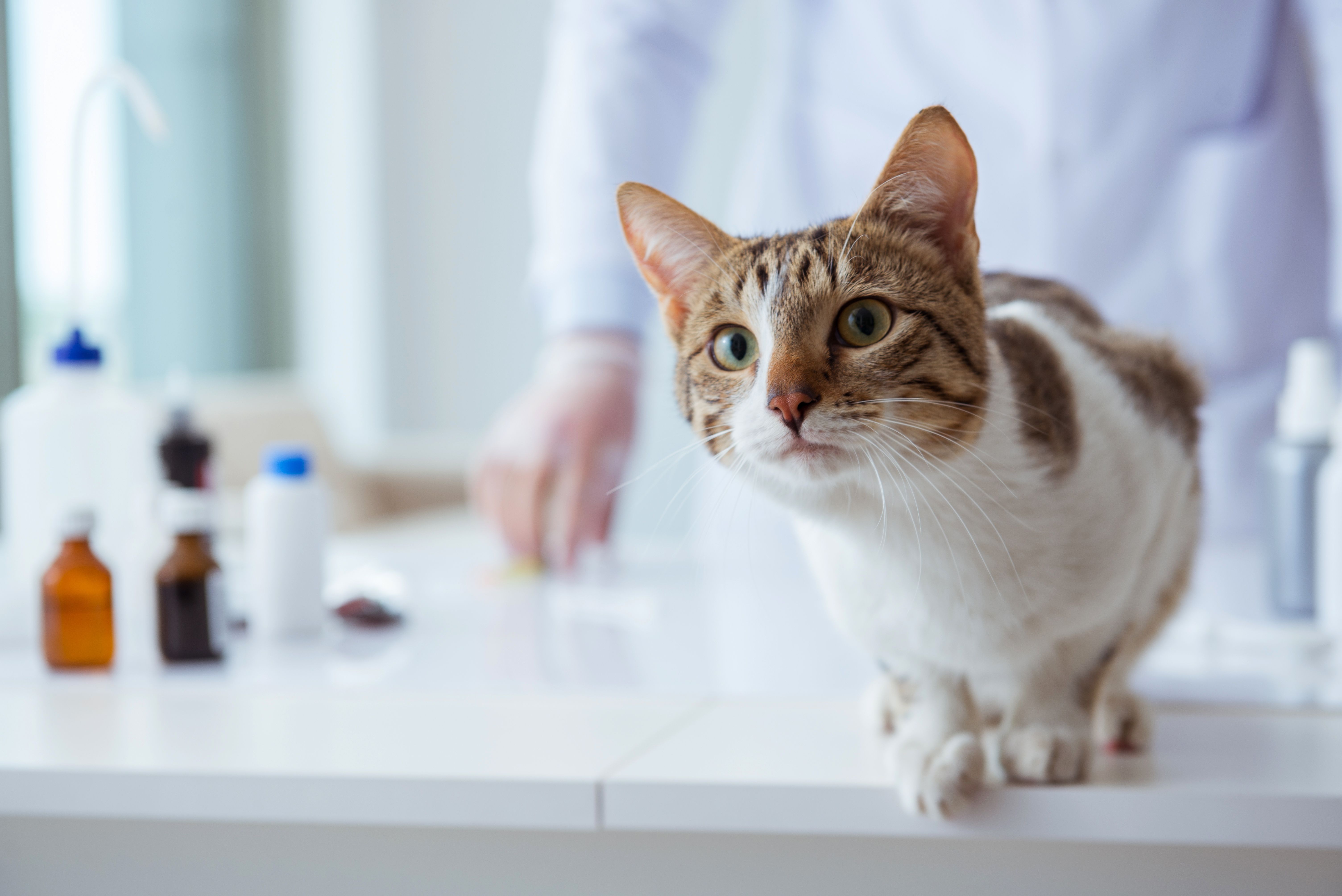
Feline Lymphoma Diagnosis And Treatment

Which Drugs Are Used For Medical Management Of Lymphoma In Dogs Cats Part 1 Clinician S Brief
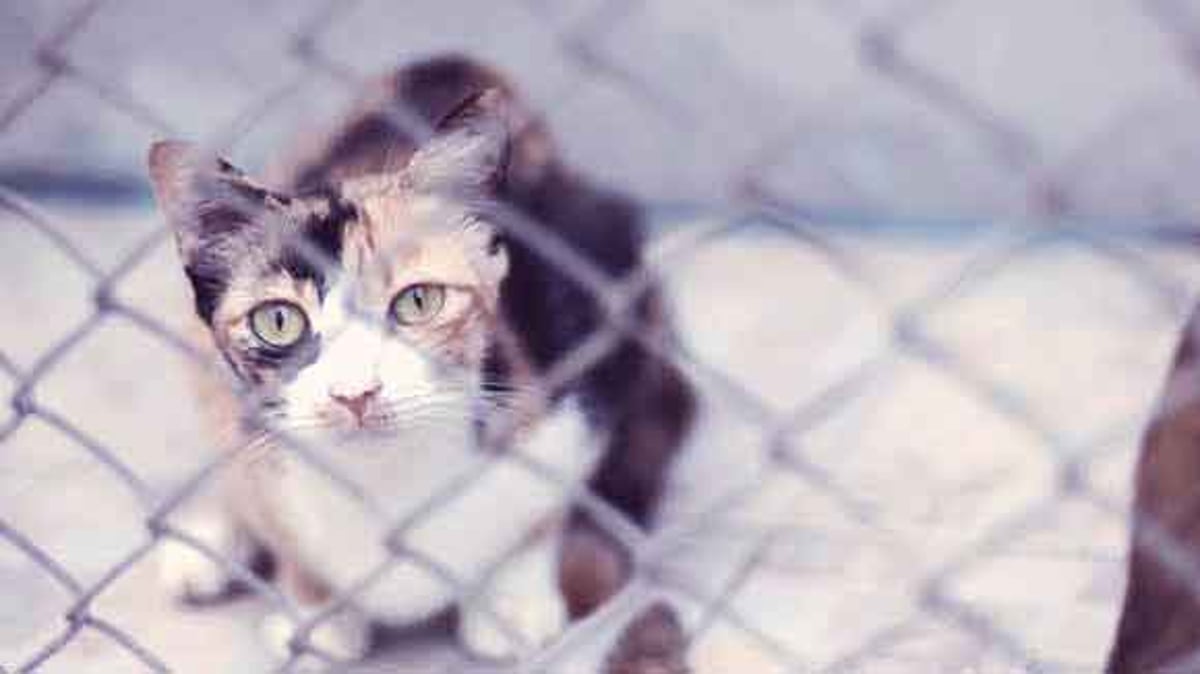
Cancer Lymphoma In Dogs And Cats

Yesterday I Said My Final Goodbye To My Beautiful Demented Penguin Cat After 17 Years Of Love And Tongue Bleps Sleep Easy Little O Cats Cute Cats Cute Animals

Herbsmith Milk Thistle Powder For Dogs And Cats 150 Grams Naturalpetwarehouse Com Dog Cat Cats Milk Thistle

Lymphoma In Cats Veterinary Partner Vin
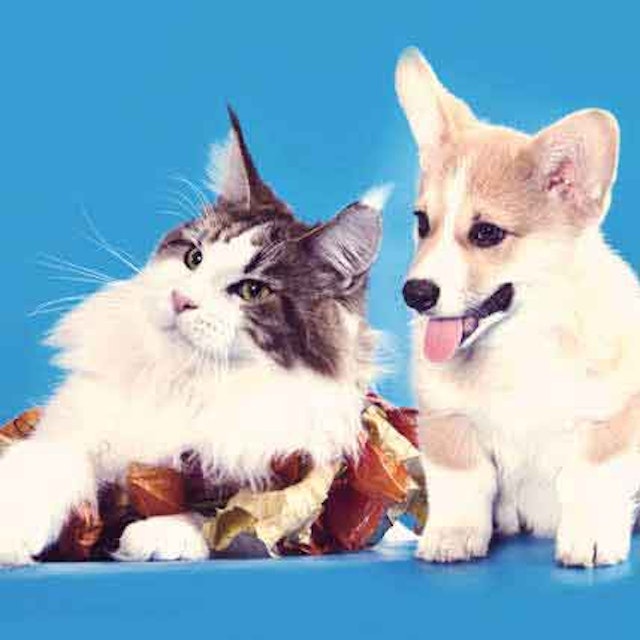
Cancer Lymphoma In Dogs And Cats

Lymphoma In Dogs Cats What S The Latest Today S Veterinary Practice

Lymphoma In Dogs And Cats Vets Now Professionals

What You Need To Know About Feline Intestinal Lymphoma Vlog 98 Youtube

